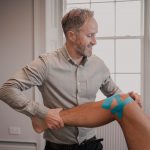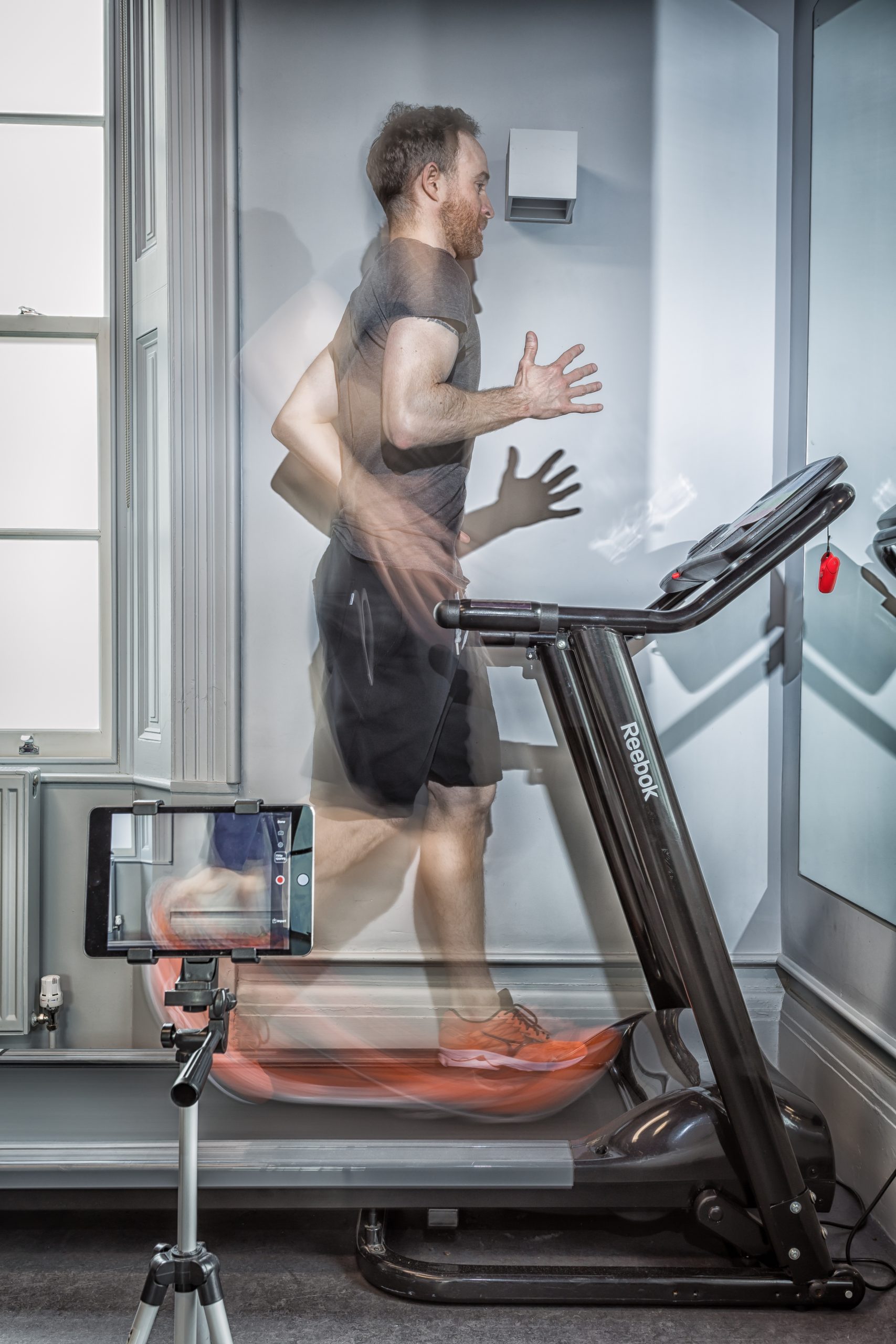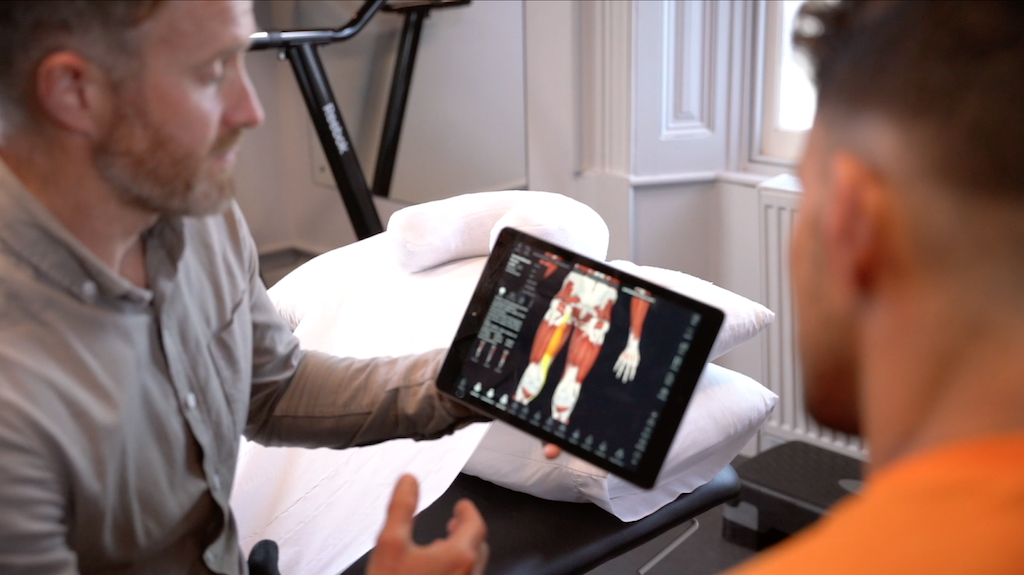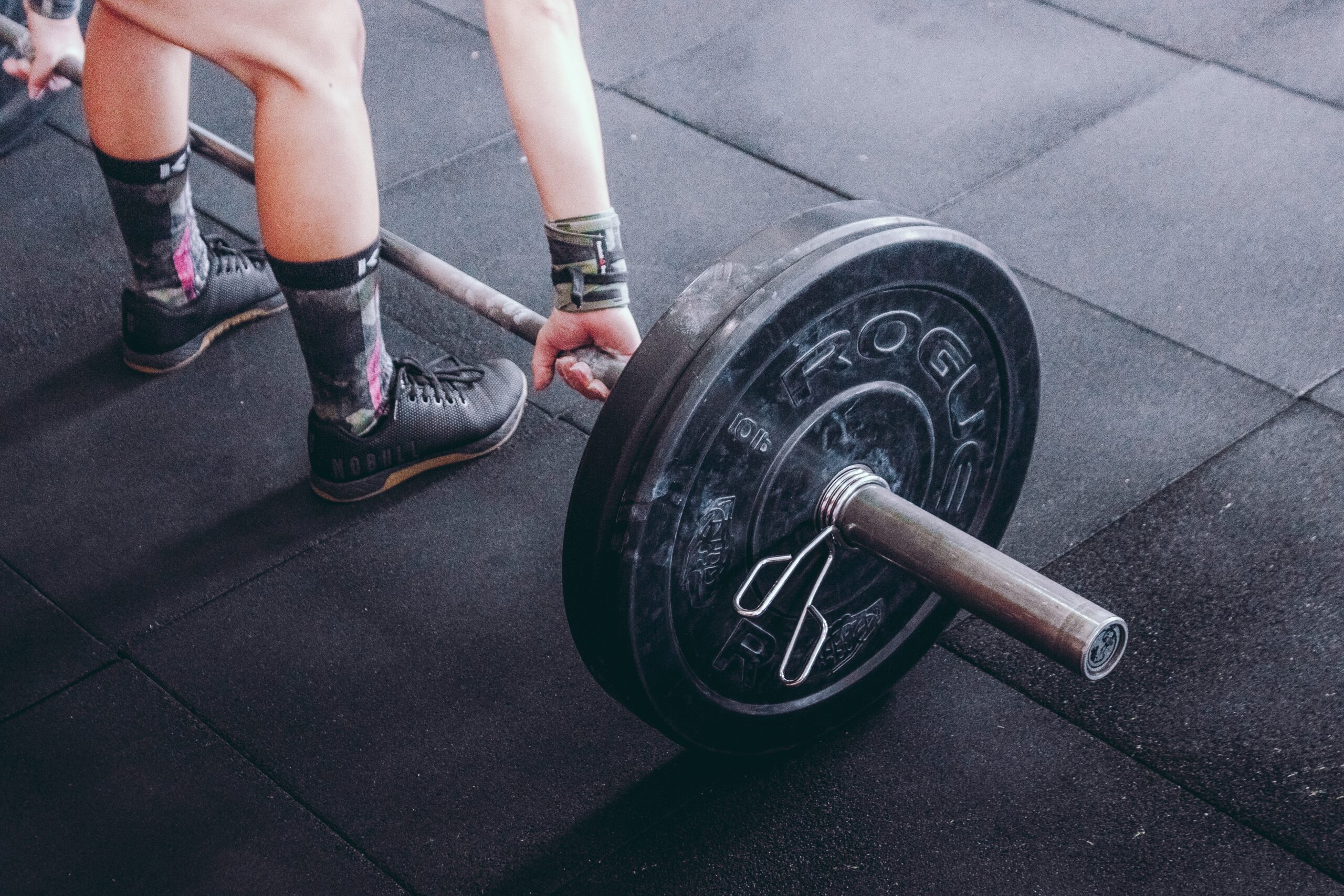What Is The Best Runner’s Knee Treatment?
Simple Steps To A Successful Recovery
Rest and stretching will not cure Runner’s Knee…neither will focussing on the knee alone.
Pain at the front of the knee, pain when running and pain after running are all classic characteristics and can easily stop you running. Diagnosing Runner’s Knee is the easy part. The key question is ‘how do we treat it?’
Runner’s Knee Treatment
Step 1 | Run Lab
Working out not just ‘what’…but ‘why?’

In order to truly cure a problem we need to solve why that problem occurred in the first place. Get to the root cause of why? As most running injuries gradually accumulate over time.
Our previous Runner’s Hub blogs highlighted the 3 key elements that make up an injury-free, skilled runner. These aren’t complicated or too technical. Just simple golden points for runners to follow. Our Run Lab assessment is aimed at all levels of runners and helps to guide you back throughout your Runner’s Knee treatment.
Research has proven that technique faults such as a slow step rate or poor hip control can contribute to overloading of the lower limb thus increasing the risk for common running injuries such as Runner’s Knee. As a result, it is key that your Runner’s Knee treatment looks at your running style, your strength & control, and your weekly regime to pick out the weak links.
Step 2 | Loosen The Stiff Bits
Research has shown that stiffness in the kneecap joint & tightness in structures such as the Quadriceps muscles and the Iliotbial band (ITB) occur as part of Runner’s Knee symptoms and certainly contribute to making the condition worse. It is the increased pressure on the joint that creates the stiff, achy feeling associated with Runner’s Knee. Therefore it is essential that part of your Runner’s Knee treatment involves hands-on therapy and regular mobility work to gain some relief. Get you moving well, with less pain.

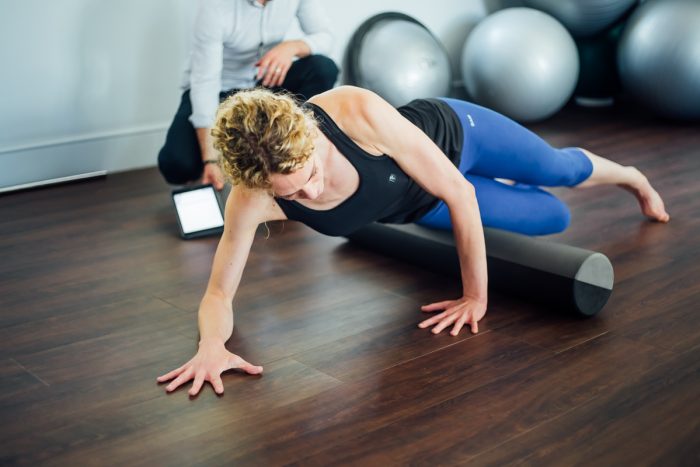
Step 3 | Stabilise The Bendy Bits
This step is the key to getting you back running…and staying injury free. Rest alone will not cure Runner’s Knee as you’re changing nothing about what potentially caused the problem in the first place. Most research on why Runner’s Knee occurs has shown that poor control in areas away from the knee itself are very common. For example poor strength in the lateral hip muscles and poor control with single leg balance exercises can increase the risk of developing Runner’s Knee.
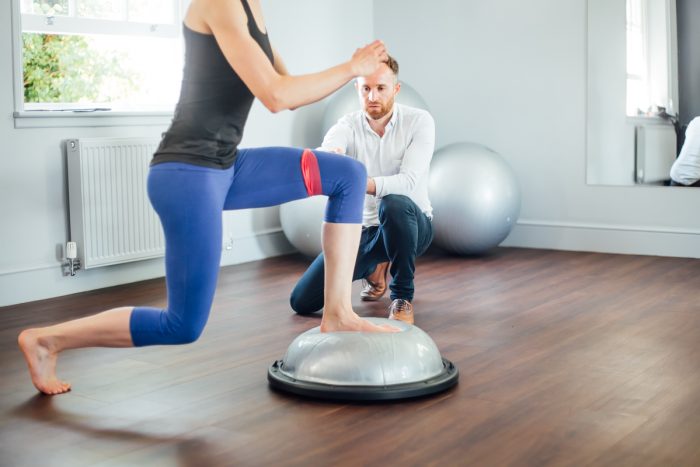
As a result a big part of your Runner’s Knee treatment must include strength & control exercises to improve stability. Taping for knee pain when running can also help to improve stability in the short term.
Step 4 | Build Back Up…Gradually!

Rome wasn’t built in a day. Runners, being runners, just want to run. As we know Patellofemoral Pain Syndrome (Runner’s knee) typically accumulates over months and therefore can take months to recover. However, completely resting and then returning to running will not solve the problem for most runners. In most cases you don’t have to stop running completely…but be guided as to how much to do and when.
Research shows us that it is essential your return to running is progressively tailored to you in order to allow a successful return without flaring things up. As part of your Runner’s Knee treatment there are simple, functional tests that we can use to establish if your safe to start running again without causing further problems. We will also workout your running threshold i.e. the amount you can do comfortably without causing pain, then gradually increase this dependent upon time, distance, speed, terrain or just personal goals you want to achieve.
Next weeks blog looks at What Are The Best Runner’s Knee Exercises?
Like our Facebook page to keep updated on more useful tips to improve your running efficiency, and stay injury-free.
Remember…
